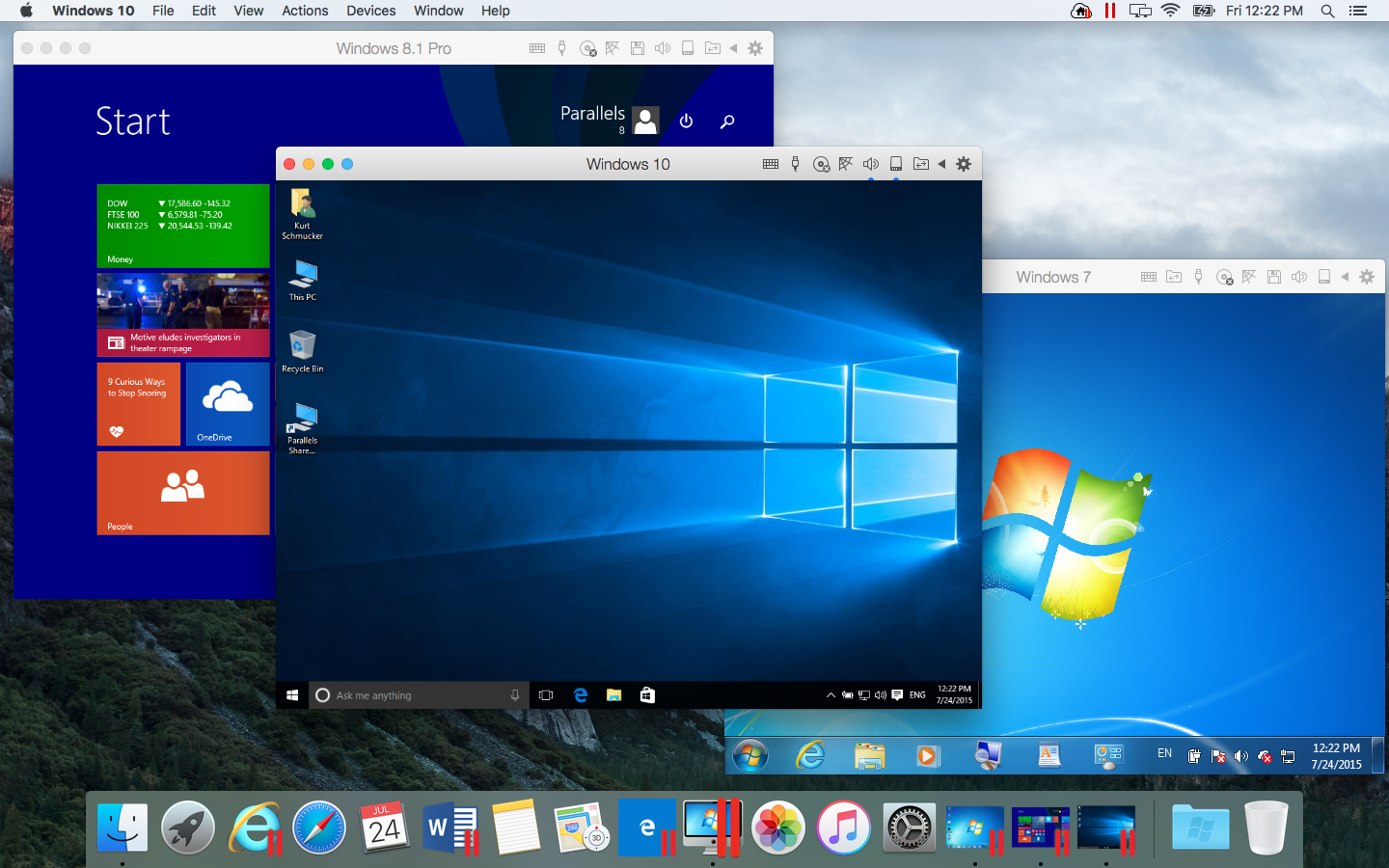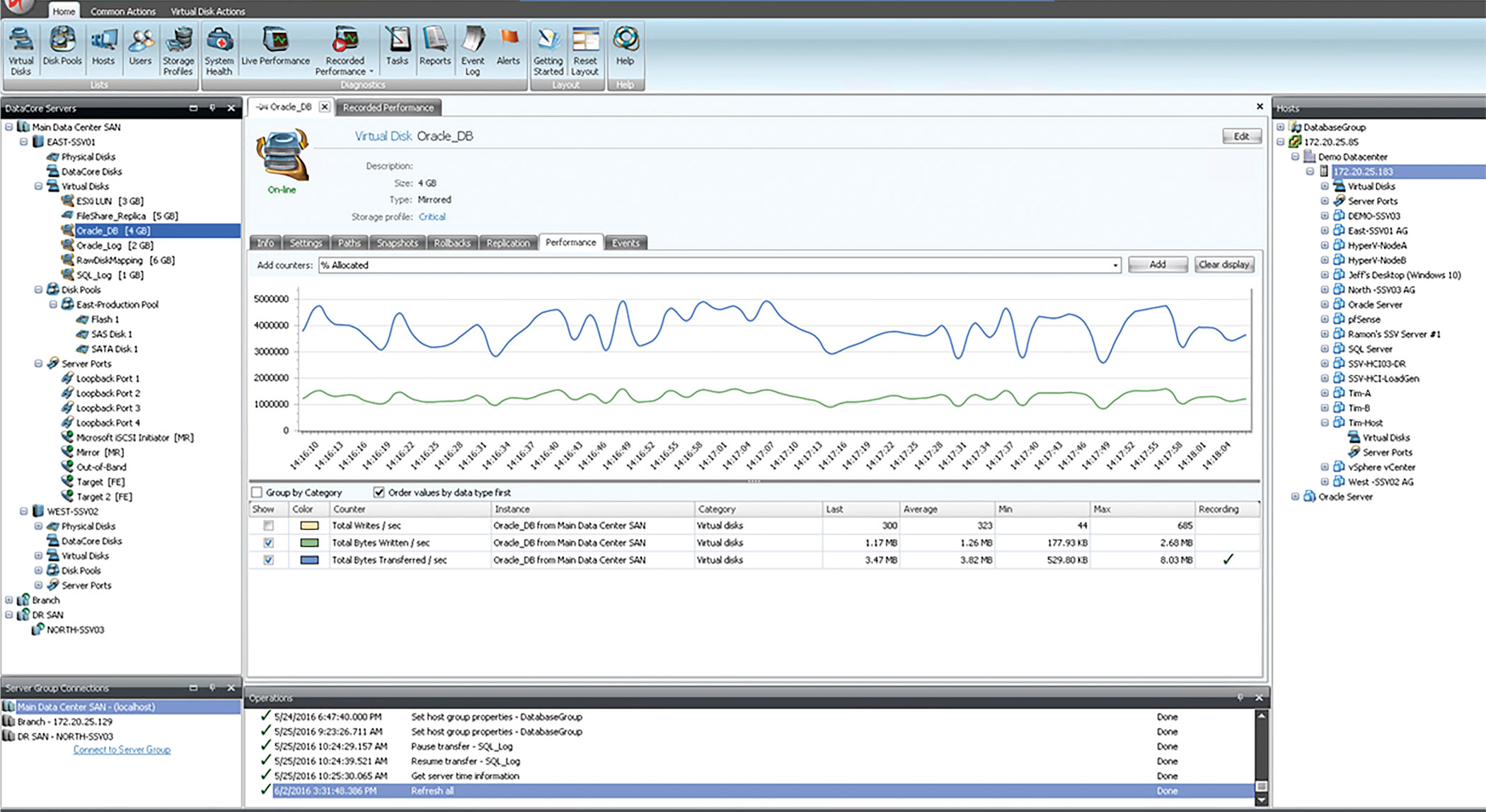Now I'm sure that I'll have to pay the 30% restocking fee for opening it, but I guess it'll be my opportunity cost. Parallels for mac connect external drive.
Guest blog by Paul Christopher Nathaniel, Parallels Support Team
In July of last year, I wrote a blog about One-Click Tuning for Parallels Desktop 10. There has been a few changes since then, such as the release of Parallels Desktop 11 and a new edition for users: the Pro Edition.
Whether you’re testing applications across platforms, or building websites for many different browsers, Parallels Desktop for Mac Pro Edition will simplify your workspace.
If you are asking if the current version of Parallels Desktop 13 for Mac, supports nested virtualization then the answer to that question is, it does indeed. Parallels Desktop provides nested virtualization support (VT-X technology) that allows you to run Hyper-V virtual machines inside Windows 8, 10 and Windows Server 2012 virtual machines.
Parallel desktop 11 for mac windows 7. The last time I upgraded my Mac, I had an issue because Parallels stopped working. This may seem like nothing, but I can access my Photo Stream, my iCloud Docs (which I don't use), and my Google Drive docs straight from my Windows machine without having to create shares and links or by installing and mirroring the same data on the Windows machine. Now my Dropbox and Google drive docs are available on the Windows machine. Apparently, Parallels Desktop 7 worked for Lion (10.7), but not Mountain Lion (10.8). This is very nice and makes it much easier for me to update a file and know it will be pushed to Google Drive or Dropbox.
While some of the virtual machine profiles in Parallels Desktop 10, Parallels Desktop 11, and the Pro Edition match, there are quite a few that are different. In this post, I’ll go through the new VM profiles and describe why and when you should pick them.
I have the VirtualBox installed on my Macbook Pro, and I want to install a linux VM on VirtualBox. When I launched the new VM, it prompts that 'Your CPU does not support long mode. May 21, 2014 I tried to tick the box 'Enable nested virtualisation' in Configure > Options > Optimization for a couple of Linux virtual machines (Debian 7.4 and Fedora 20, both 64-bit) but then /proc/cpuinfo does not feature the flag vmx whereas sysctl -a does feature it on the host mac pro.
When you install avirtual machine on your Mac with Parallels Desktop, you’re given the choice to select the primary use for your VM: software development, software testing, design, productivity and games only.
I have tested each profile on my MacBook Pro (13-inch, Late 2011) with 2.4 GHz Intel Core i5, 4GB of RAM and 500 GB HDD.
Software Development
The Software Development profile is designed for Parallels Desktop users who use their VMs mainly for developing desktop and mobile apps, web development, or working in IT. The Pro Edition includes the Microsoft Visual Studio plug-in, which helps you to test your applications across operating systems.
The Software Development profile provides the VM with the maximum recommended CPU and memory and enables nested and PMU virtualization. Shared Profile will be enabled but Shared Applications will be disabled by default. The startup view will be Window. On VM shut down, it keeps your VM window open. It also allows Windows to access your Mac’s current location. (Though you must allow Parallels Desktop to use Location Services from OS X in System Preferences first.)
Software Testing
The name of this profile speaks for itself. The Pro Edition debuted with support and integration for popular development tools like Chef, Jenkins, and Vagrant.
With the Pro Edition, you can create development environments in a VM and easily backup, share, or restore it. Parallels for mac reviews.
Enable Hyper V Nested Virtualization
The VM will be isolated completely from the Mac side to test the Windows environment so that your Mac isn’t affected by any tests.
Design
The Design profile is intended to meet the needs of Parallels Desktop users who use Windows mainly for running applications such as CorelDraw, Photoshop, or 3D modeling software.
Download Google Home For Mac
When you choose the Design profile, your VM will have the maximum recommended memory and 512 MB of video memory to provide the best video/graphic performance. At the same time, most of the integration features will be enabled, allowing you to save your projects directly on the Mac side. The startup view will be Full Screen—many users who have an external display connected choose to use one of the monitors for Windows and the other one for the Mac OS.

Parallels 13 Home For Mac Nested Virtualization Linux
Productivity
When you choose the Productivity profile, the VM will have two virtual CPUs and (for most versions of Windows) 2 GB of RAM memory, which is optimal for running Microsoft Office 2015 and other office applications. In addition, all of the integration features—such as Shared Folders and Shared Profile—are enabled. This was, you will easily be able to access and save files both on the Windows and Mac sides. The default startup view will be set to Coherence.
Games Only


The Games Only profile is designed for Parallels Desktop users who use Windows only for gaming.
When the Games Only profile is chosen, the VM will have the maximum recommended memory (the green zone of the Memory slider under Configure→Hardware → CPU & Memory) and 512 MB of video memory. Sharing Profile will be disabled, but your mouse and keyboard will be optimized for games. The startup view will be set to Full Screen. Even more, you won’t be distracted by your Dock popping up when you move your mouse pointer to the bottom and notifications won’t pop up when you’re “on a mission.”
That’s the short overview of Parallels Desktop Pro VM profiles. But how can I change my profile after Windows is installed, you ask? Easy! Simply go to Configuration, choose General and change the profile to a different one. Your VM should be shut down while doing this. You can also adjust the resources and settings the way you like, regardless of the profile you have. To learn more aboutmanual fine-tuning, read this KB article.
Amd Nested Virtualization
One final note: to revert any configuration option to its default settings, click the Restore Defaults button located on the bottom right side of the Configuration screen—all of the changes you’ve made in your VM configuration in the past will be reverted.
Windows Server Nested Virtualization
Which VM profile do you prefer? Share your best practices with us in a comment, or reach out to the Support team on Facebook or Twitter.